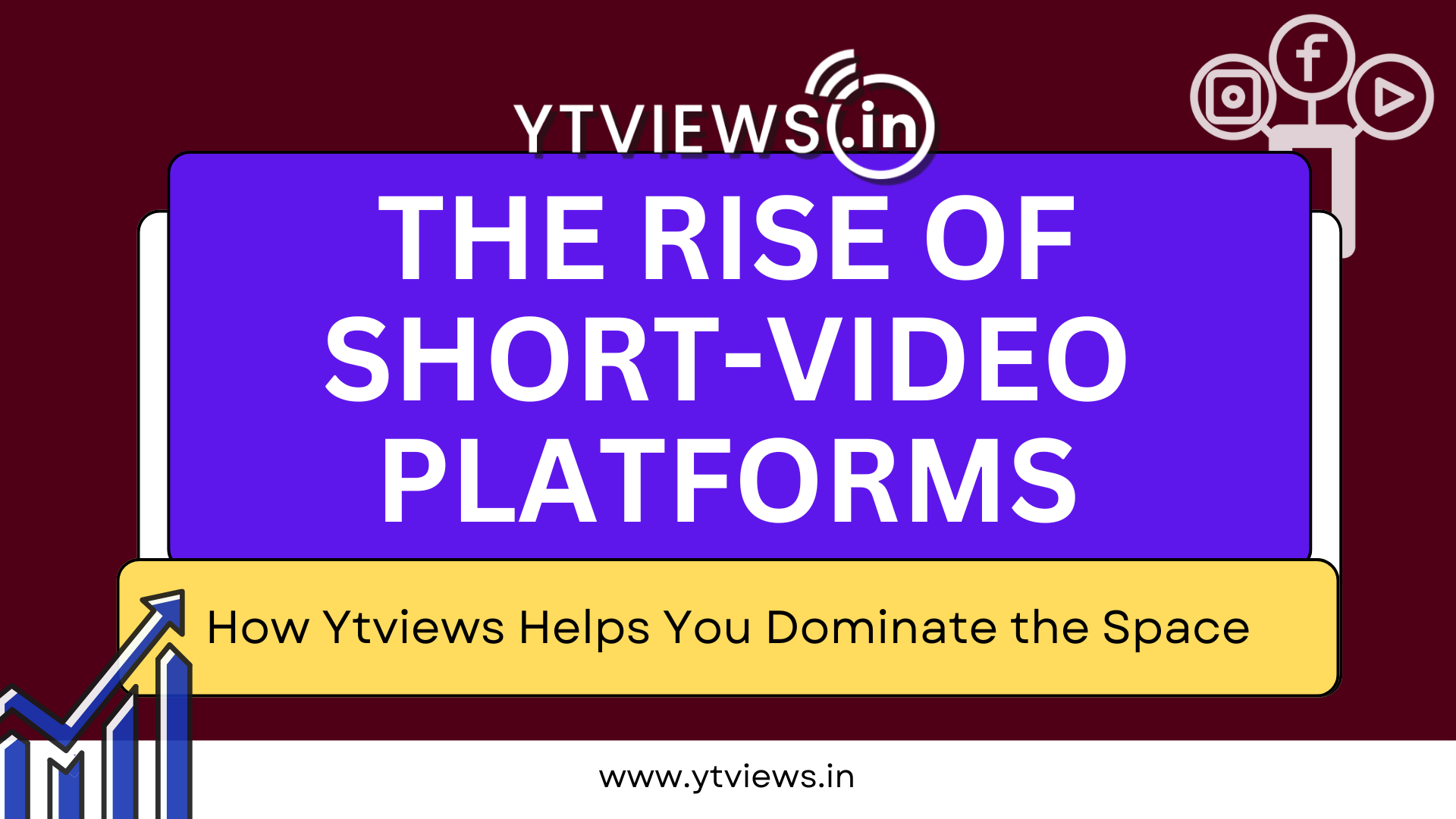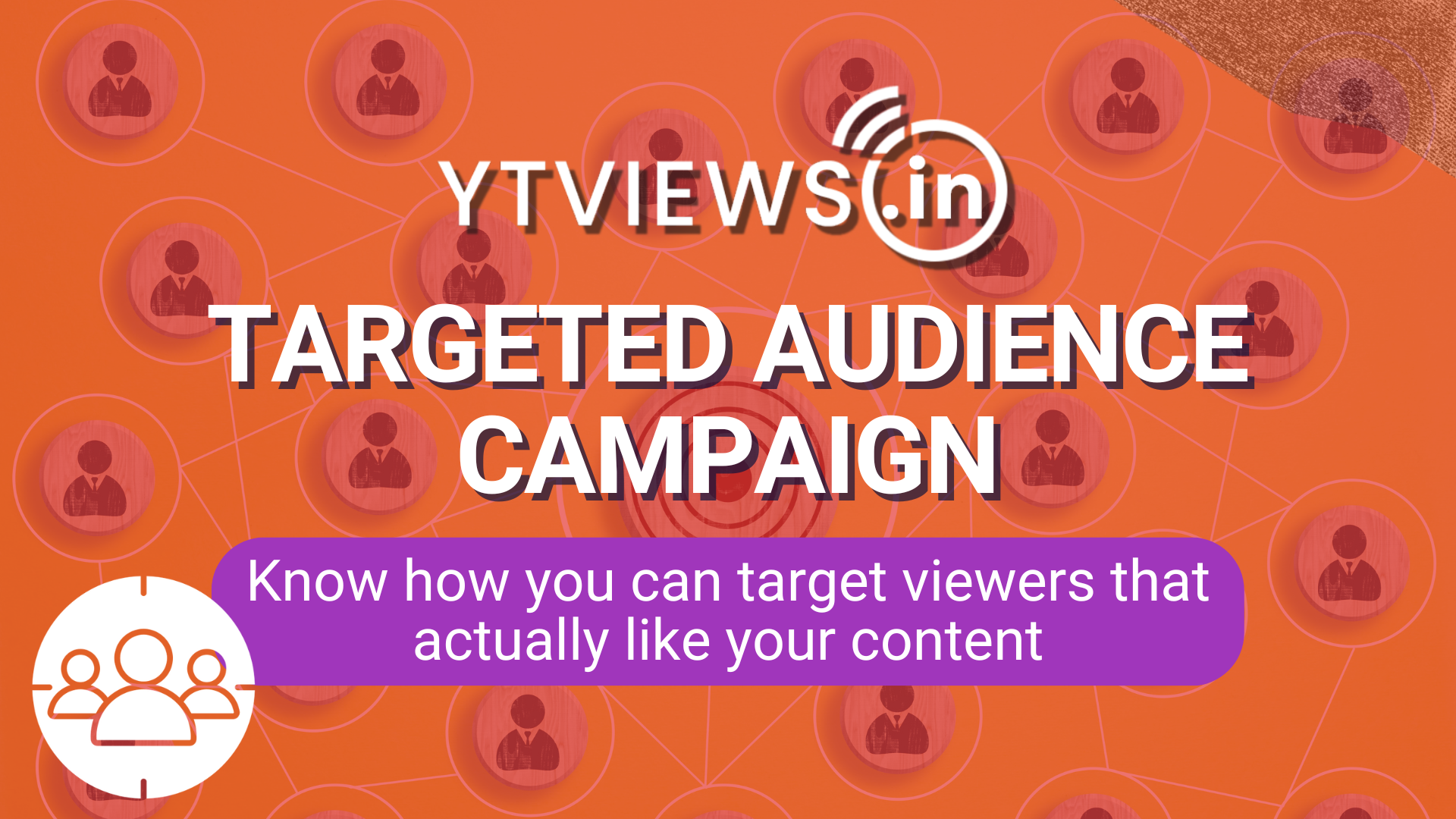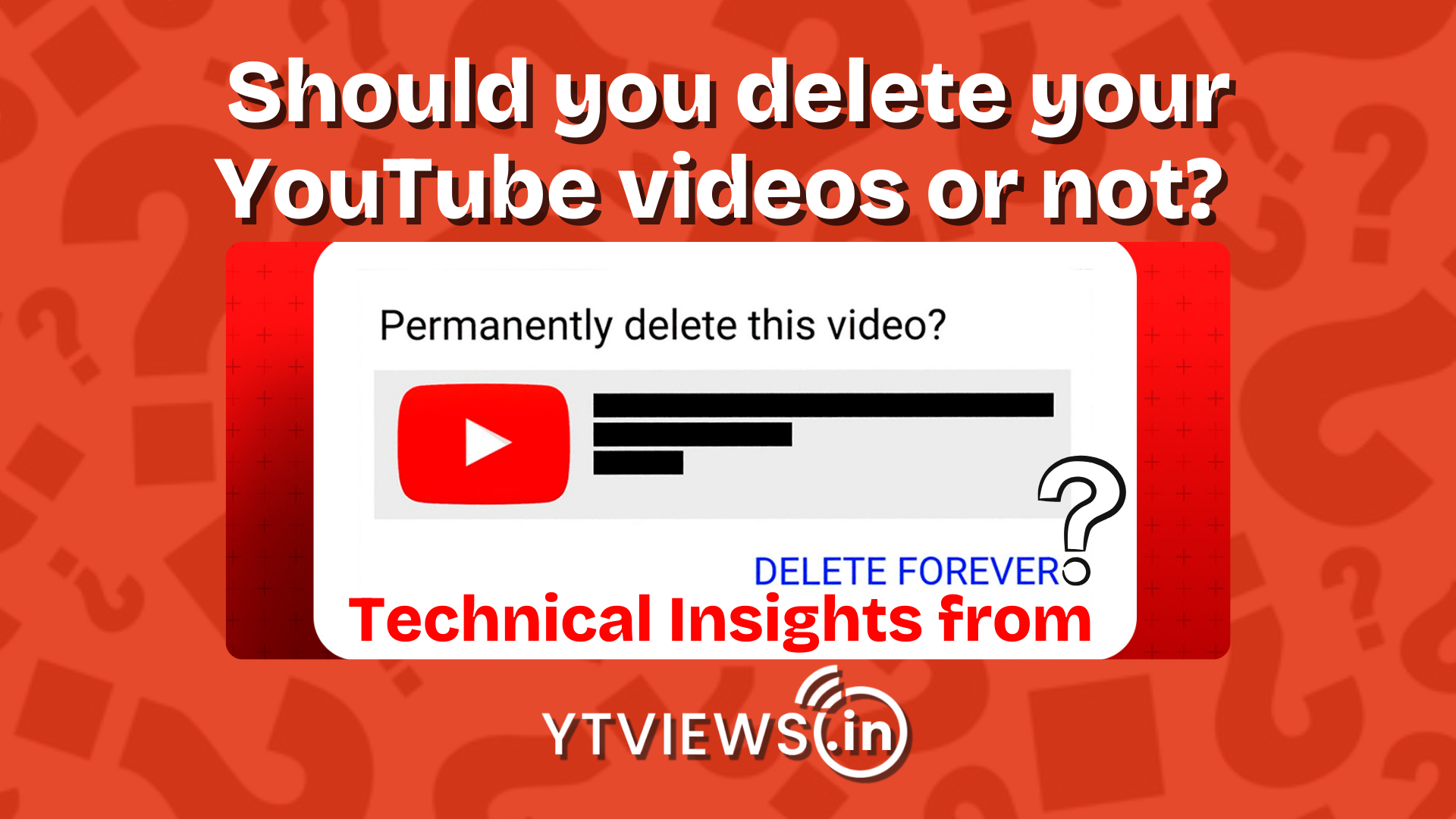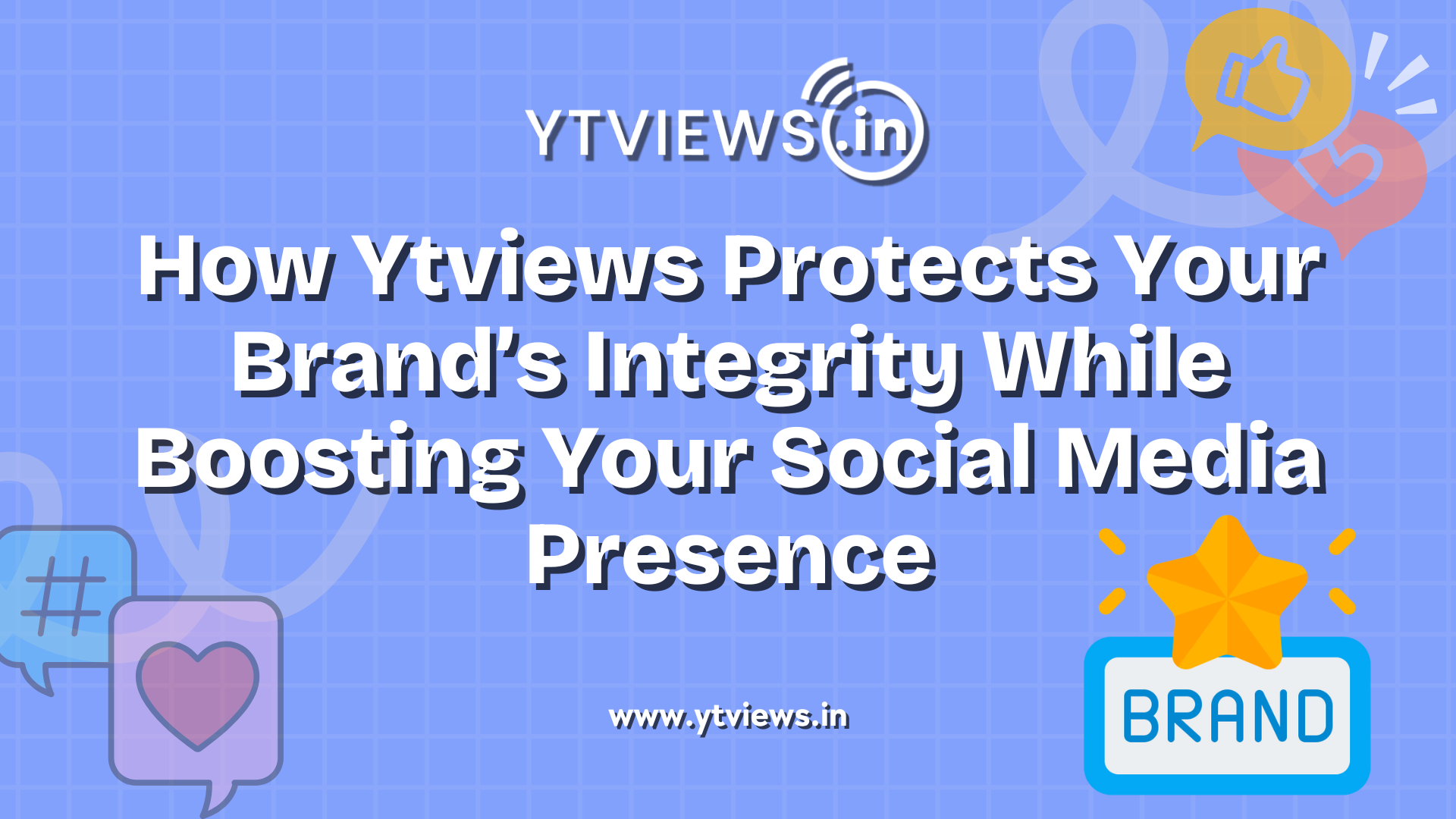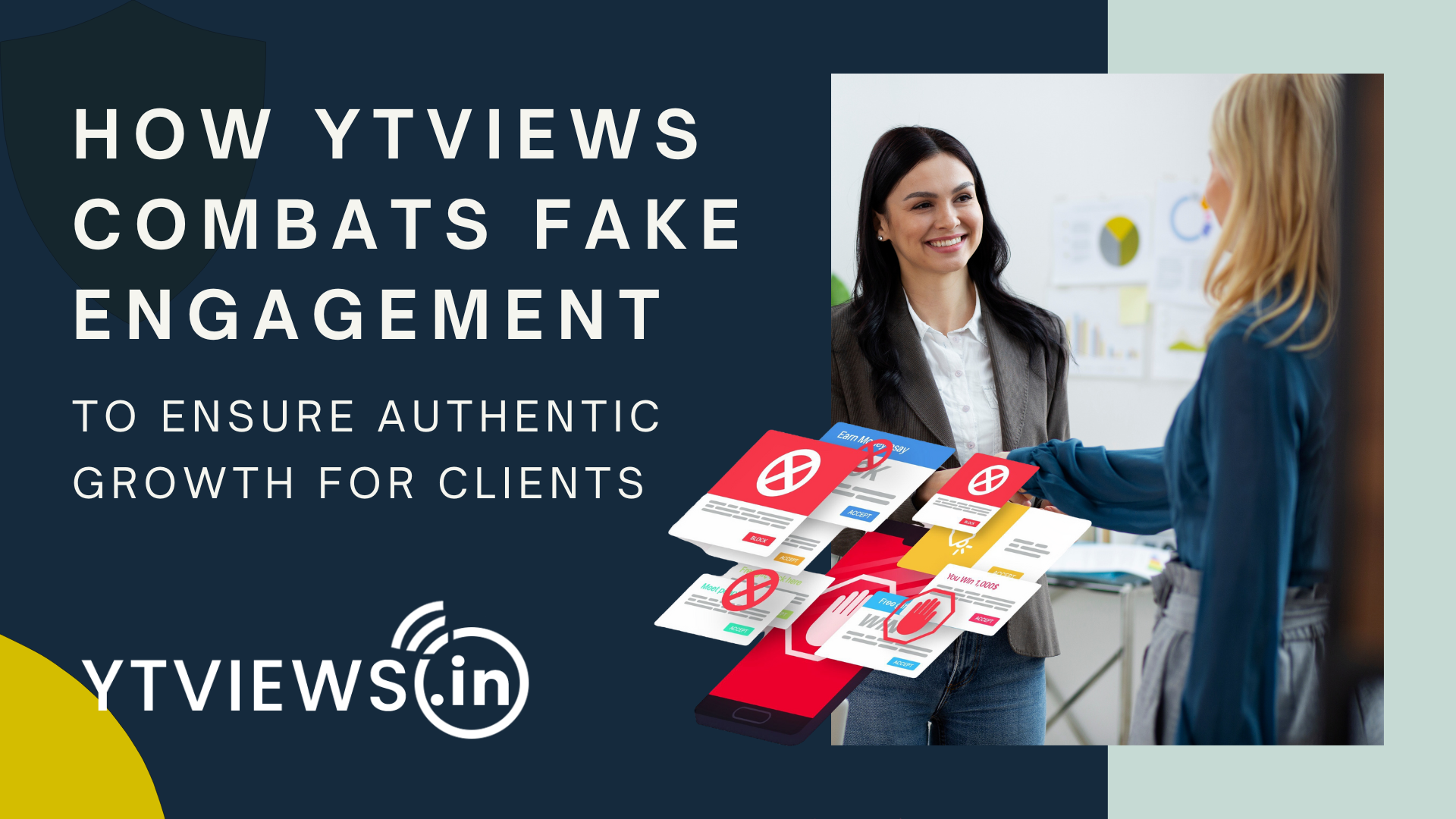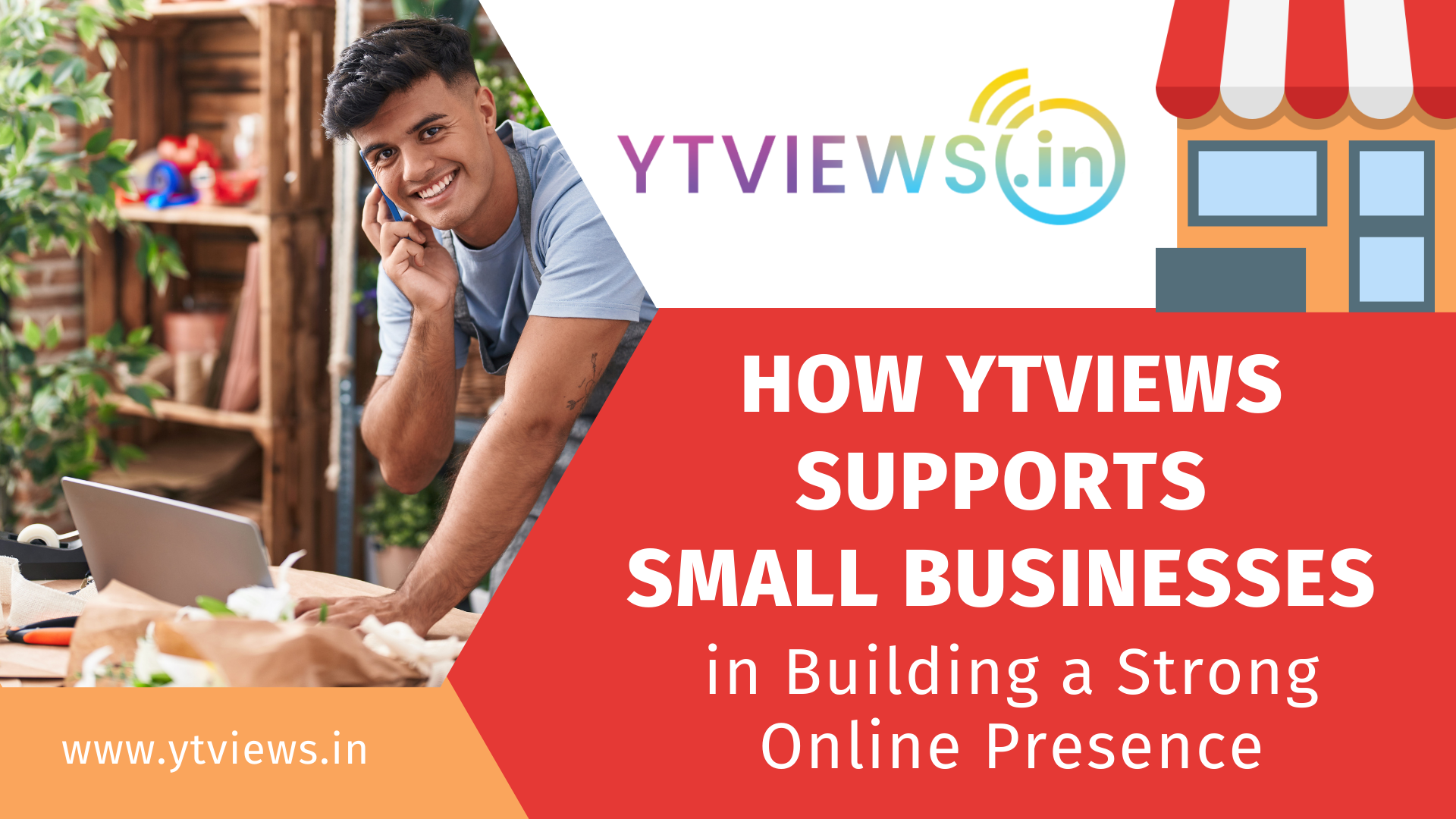Short Guide to Influencer Marketing
The chances of us buying a product if it’s recommended by a friend is considerable high, rather than that being shoved at us by a commercial, according to an eMarketer survey, and companies who used influencer marketing gained $6.85 in media value for every $1 they invested on sponsored content for influencer programmes.
Increase brand awareness, establish authority, and interact with potential audiences with an effective influencer marketing campaign. It increases the number of visitors to your website and introduces new clients to your offerings.
Influencer marketing has numerous advantages, but it can be a perplexing and difficult strategy to set up, deploy, and manage. It’ll take a long time to complete. And this is why most marketers opt out of the idea of Influencer marketing in spite of being such a valuable asset. Everyone here of course would be aware of the term ‘Influencer Marketing’, but for those who aren’t, let’s start from ground zero:
What is Influencer Marketing?
Influencer marketing, also characterized as content marketing or collaborating with artists, is a guaranteed approach to enhance your company’s social media presence. There seems to be no one-size-fits-all solution for implementing this strategy, but with the correct analysis and decision-making, almost any company can profit.
But what exactly is an influencer?

Essentially said, an influencer is one who has the ability as well as the medium to influence others. Influencer marketing is when a prominent figure works with a company to promote a product. Traditionally, celebrities like cricketers, movie actors and such personalities were considered Influencers. But now it’s 2021 and here, we’re talking about social media influencers which refers to people who tend to have a very healthy follower base on social media platforms which can prove to be a medium for companies to promote their content.
Types of Influencers
It is obvious that the main factor that segregates every influencer is their number of social media followers. So accordingly, we have defined them in 4 sections to break them down to you:
- Nano Influencers
- Influencers who tend to their followers under the range of 1000 to 10,000 fall under this category.
- Micro-Influencers
- An influencer with around 10,000 to 1,00,000 followers can be termed a micro-influencer.
- Macro-Influencers
- Macro-influencers are people with 1,00,000 followers to about 1 million followers.
- Mega-Influencers
- These are certainly users with more than 1 million followers on social media platforms
Distribution factor
I prefer to think of distribution in terms of reach (audience size) and interactivity. It’s common to mistakenly believe that someone with 100,000 Twitter followers or 1,00,000 Instagram followers is an influencer. But, in the end, it makes little difference how many people follow someone. But, what really matters is the question that what is the number of people who interact with them. And how many people actually click on the links they send out?
Having your vision established about the type of audience you need to target would be a major assistance factor in reaching out to your desired influencer.
Your Turn
I’m glad y’all have been with me till here! In the comment thread here, I’d want to prolong the discussion concerning influencer marketing. Have you experimented with influencer marketing? Do you have any advice for forming ties with influencers?


































